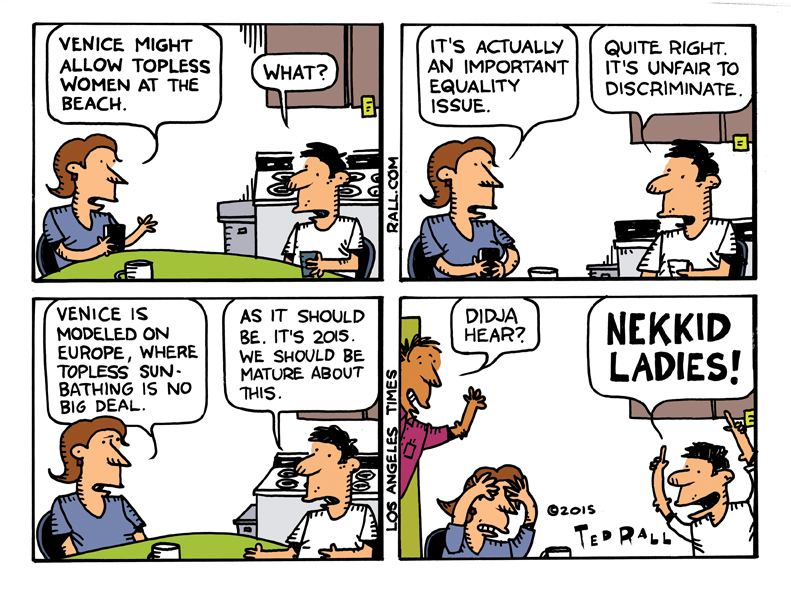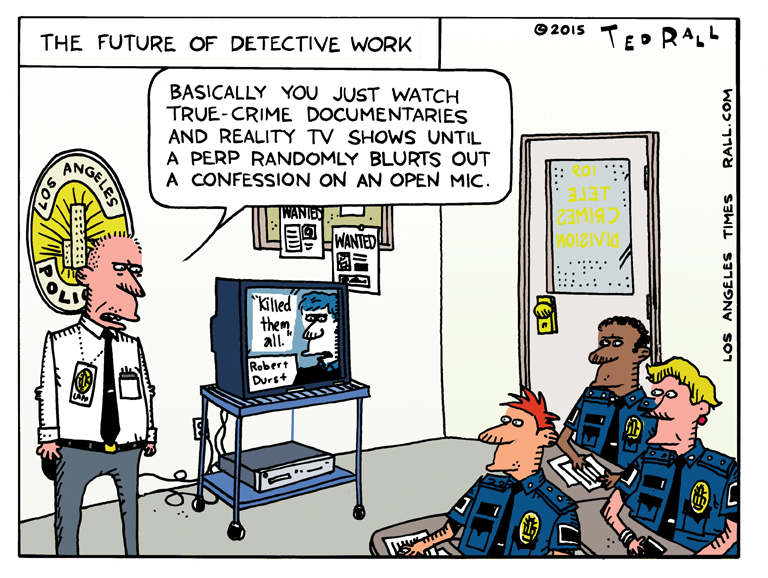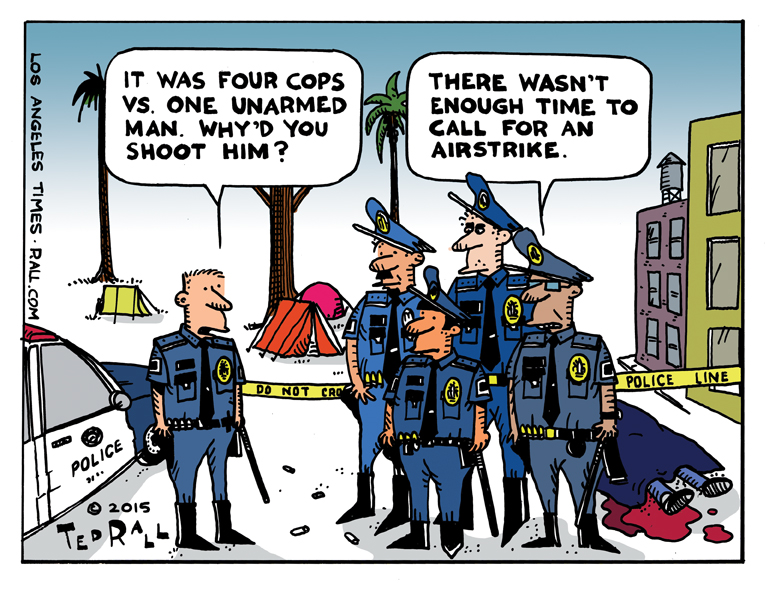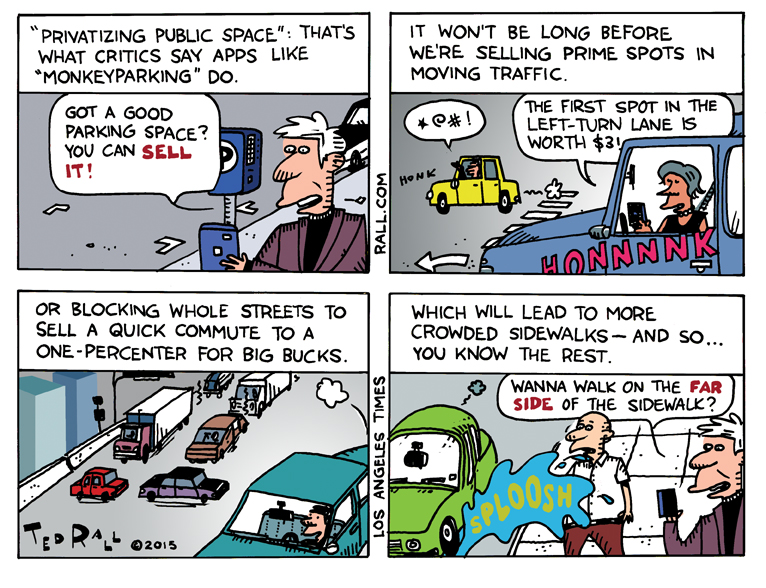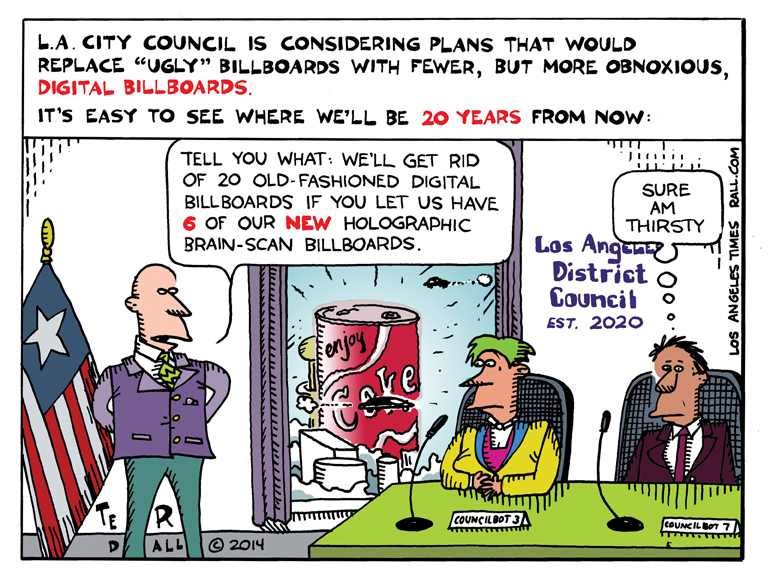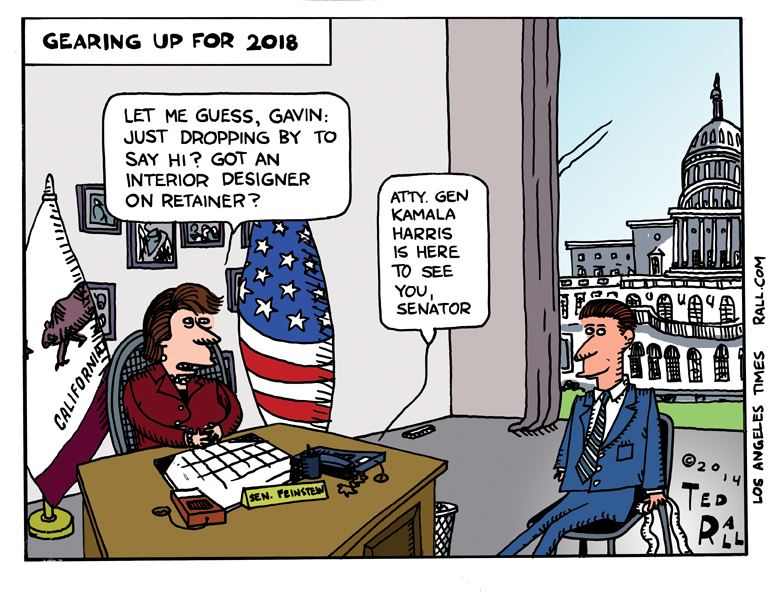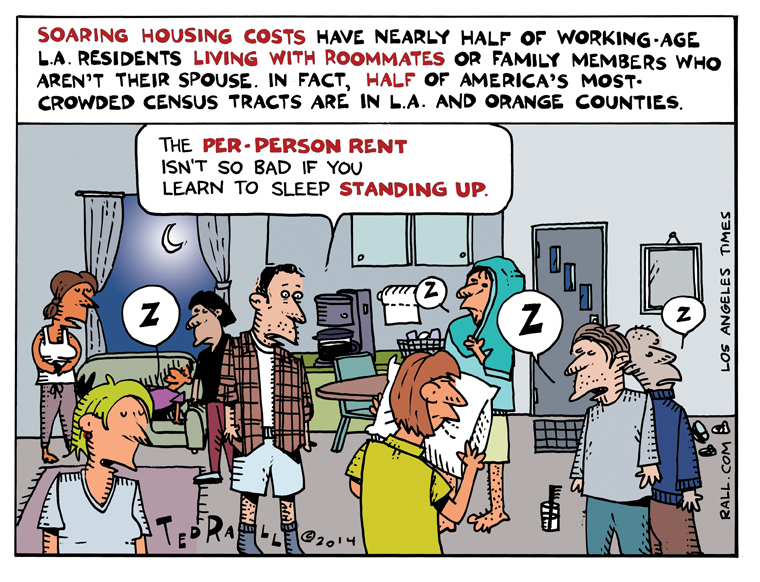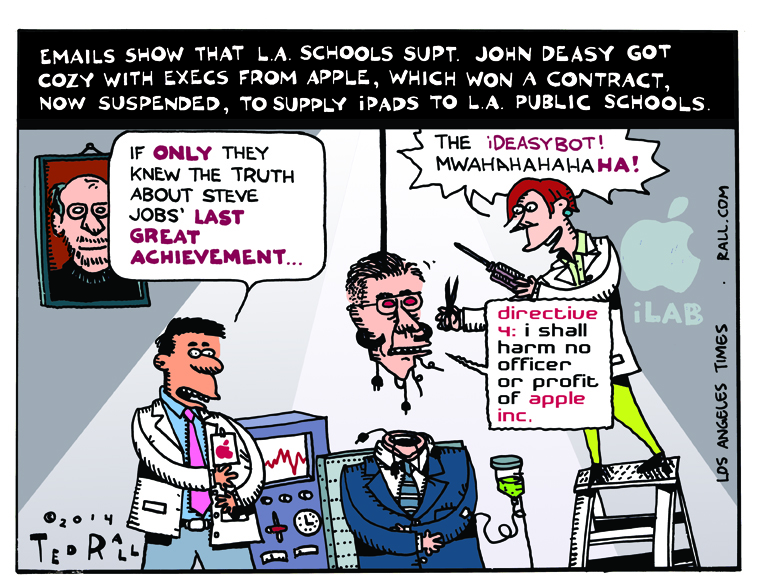Originally published by The Los Angeles Times:
This one is personal.
Just over 10 years ago, I was ticketed – and handcuffed – for an alleged pedestrian violation while crossing Melrose Avenue. Ironically, this was one of the rare times that I was innocent of even jaywalking, something I do every day.
Anyway, I had done everything right. I waited for the green “walking man” signal before stepping off the curb. I walked between the crosswalk lines. I got across the street just as the flashing red signal began.
All of a sudden, a motorcycle officer zoomed over, threw me up against the wall, slapped on the cuffs, roughed me up and wrote me a ticket. It was an ugly scene, and in broad daylight it must have looked like one, because within minutes there were a couple of dozen passersby shouting at the cop.
Another motorcycle officer appeared, asked the colleague what the heck he was thinking and ordered him to let me go, which he did. But not before he threw my driver’s license into the sewer.
I filed a formal complaint with the Los Angeles Police Department. A few months went by without my hearing anything, so I called to check in. I was told that the complaint was dismissed. They had never notified me.
Stories about the LAPD’s current ticketing crackdown against people who enter the crosswalk after the pedestrian crossing signal has begun flashing red and counting down reminded me of my incident. The Times reports that the LAPD has ticketed four times as many pedestrians for this violation in the division that includes downtown than in other areas of the city.
Is this really a worthwhile use of police resources? Two City Council members have asked for data on whether such tickets really improve public safety.
As Times columnist Steve Lopez points out, the price of these tickets – $197 – is wildly out of proportion to the scale of the so-called “offense.” Moreover, few Angelenos know that stepping into the crosswalk after the red flash of death starts is against the law. “Many… think, as I did, that the countdown is there to tell you how much time you have to cross the street,” writes Lopez.
Because, you know, it’s a countdown. In seconds. If you are familiar with the space-time continuum, and you have crossed the particular street before, you’re probably able to judge with a fair degree of accuracy whether you will be able to make it across in time. Why show the countdown if we aren’t supposed to use that information?
At a certain point, it’s easy to conclude that this is less about pedestrian safety than it is about revenue enhancement. Besides, how safe is the scenario I depict in my cartoon, in which people are racing across intersections at breakneck speed in order to avoid paying nearly $200 in fines?

